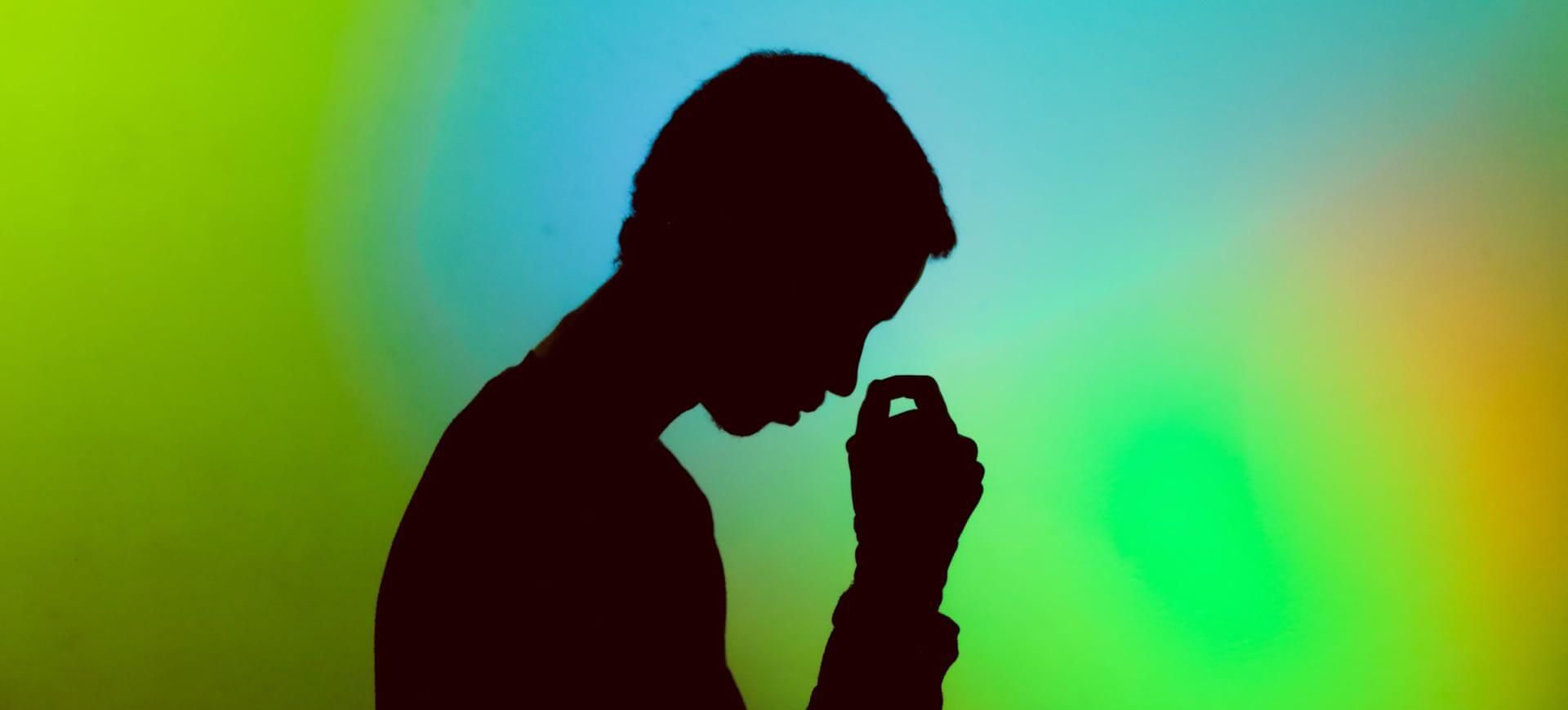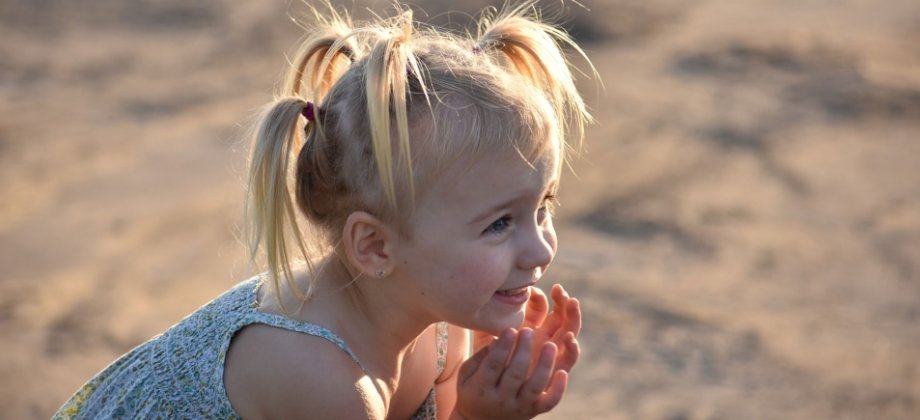
What Yoga Teachers Need to Know About Trauma Survivors
Most people go to a yoga class because they want to correct something in their body mind or spirit. As of today, 1 out of every 3 students in a yoga class has suffered some form or degree of trauma.
In this article, we will focus on the types, stages, and finally where we come in as professionals in our field. As our industry and reputation grow, we are perceived as both a personal trainer as well as healer. Yes! Those are mighty big shoes to follow but it’s true. Which is why it is vital to take further studies. In any profession where the body or the health of your clients are involved, we will always be students. We should never stop learning.
Yoga helps us with trauma in three main ways, it grounds us into the present moment, it broadens our window of tolerance to regulate the mind-body, it fosters a sense of internal and external connection.
What is trauma? Currently, this word has been thrown around in so many different situations that even in our native tongue, it feels like we are lost in translation. What thoughts come into your mind when you hear the word trauma? PTSD? Abuse? Something big, so big that the mind can’t process the information or circumstance. This is about 5% accurate.
Trauma Survivor Breakdown
1. What is trauma exactly?
According to Brendon Abram in his book, Teaching Trauma-Sensitive Yoga: A Practical Guide, “Trauma is a subjective experience precipitated by life-threatening or life-altering events. It overwhelms the individual and is characterized by a loss of control. Even when the event is over, the trauma experience can continue, producing an altered state of mind that negatively effects a person’s thinking, behavior, and psychological and physiological well-being.”
The way I see this definition; trauma—being a subjective experience that overwhelms a person—cannot be boxed into a list of diagnoses. Trauma could happen after a breakup, a reprimand, or simply obtaining an abundance of conflicts. When the event is over, the experience continues. According to Ben Abrams, part of the trauma is the imprint it leaves on the individual. This affects the thinking and action patterns of the person suffering from trauma.
2. As a yoga teacher, there are 3 types of trauma survivors that will come into your class
In my yoga classes, there are 3 types of trauma survivors that come into my classes. The first and most common one is post-surgery survivors. People who have finished the recovery rest period after a physical intervention and would like to slowly gain mobility. Second, a student who may be diagnosed with a medical condition that was recommended to attend a yoga class by his/her doctor, or an individual who is living through a traumatic experience that has not been diagnosed yet.
Most people get into yoga to correct something in their lives. In all my 5 years of teaching, I have never had a class that didn’t have a student or two that was on medication or with anxiety issues or even going through some form of crisis. Unless you do teacher trainings, you might never have a full class of fully centered and physically prepared students. So you need to prepare yourself for the possibility/inevitability of having one or all of these types of trauma survivors attend your class in your career.
3. Types of trauma
As a nurse, we were taught that there are two degrees of trauma; acute and chronic. Still, according to Brendon Abram, we should also be aware of vicarious trauma wherein the person closest to the survivor also experiences sentiments of dysregulation. Acute trauma is caused by a one-time event that causes extreme physical and psychological stress. Chronic trauma is an accumulation of traumatic moments the re-occur throughout a person’s life. Vicarious trauma occurs when one becomes a ‘witness’ to the event as a result of close proximity to the trauma survivors (usually a therapist or close friend).
The important thing to remember about these types of trauma is how they deal with their situation. Are they Functionally symptomatic or are they Severely Symptomatic? FS people are capable of managing in their surroundings. SS people cannot function in an external environment. How does this apply to us, yoga teachers? Unless we are yoga therapists, we will usually have functionally symptomatic trauma survivors come into our class.
4. Vicarious trauma signs
As said in Number 3, vicarious trauma is something we must look into because most likely they aren’t diagnosed, functionally symptomatic and they will come into your classes. Previously we stated that people suffering from vicarious trauma are those who are close to the individual with actual trauma. They could be the caregiver, friend, family, etc. It is the negative effects of caring about or for others.
Some of the vicarious trauma indicators that were discussed that we might notice in our students are a loss of sense of spirituality, an elevated sense of cynicism or pessimism, increased fatigue, a sense of disconnection to your support system, reduced motivation and difficulty trusting others.
How do we notice these things? If you can sense when a person isn’t listening to you or doing their own thing, or rolling their eyes when you open or close the class, etc. These little details will show up and other students will talk.

5. Physiological effects of trauma
Trauma survivors are predisposed to dysregulation. The mind-body connection is out of balance. This signifies that we will have to expect that these students are near their tipping point of tolerance or ability; low-stress tolerance, motivation, focus, and cognitive ability. Other effects include low immunity, impaired communication, and low interoception.
Think of trauma survivors as people living with high levels of stress at a constant rate. Since everything is connected then that also means everything gets disrupted.
6. Psychological effects of trauma
Of course with impaired cognitive ability, we also have to expect the psychological effects that happen within the mind of trauma survivors. As yoga teachers who work with the mind-body connection, it is vital to be aware of the following signs.
The key words to remember are ‘feeling unsafe.’ From this, we can imagine or empathize what a trauma survivor goes through if being uncomfortable (multiplied by 50) was a constant state. Distrust, feeling powerless, shameful, guilty coupled with a feeling of resisting these feelings which brings us to aggression, impulsiveness, and self-harming behavior.
7. What to watch out for in trauma survivors
While all the information above is helpful to some degree, how do we—as teachers—apply all these facts?
In my experience, I have begun spotting some tell-tale signs for students in a tough stage in their lives. Some students open up to me while others manifest through their practice that they are emotionally struggling with something. Here’s what I learned:
- They don’t listen to the opening or closing of the class
- Failure to connect with peers
- Moderately to severely uncomfortable in Savasanah
- Always in child’s pose
- Little eye contact with the teacher
- Rejecting physical adjustments
- Flinching when you approach them
- Exhausted after class even if they took many rest poses
If the student has three or more of these signs in your class, It might be a sign that he/she is going through something. So gaining trust is vital for you as a teacher so you may help her. I’m not saying take on the role of therapist.
What you need to impart as a teacher is that your class and studio is a safe space.
In a formal setting, meaning clients who are diagnosed and treated for trauma, yoga is recommended for all stages of trauma recovery (safety and stabilization, acceptance, and reconnection) in congruence with ongoing therapy.
A beautiful quote by Abram that I have to mention was, “Yoga helps us with trauma in three main ways, it grounds us into the present moment, it broadens our window of tolerance to regulate the mind-body, it fosters a sense of internal and external connection.” As yoga teachers today we have a bigger role to play for our students.
By knowing a little on how trauma operates as well as manifests in people, you become more equipped as a teacher, most importantly as a practitioner.
Reference: Teaching Trauma-Sensitive Yoga: A Practical Guide by Brendon Abram






